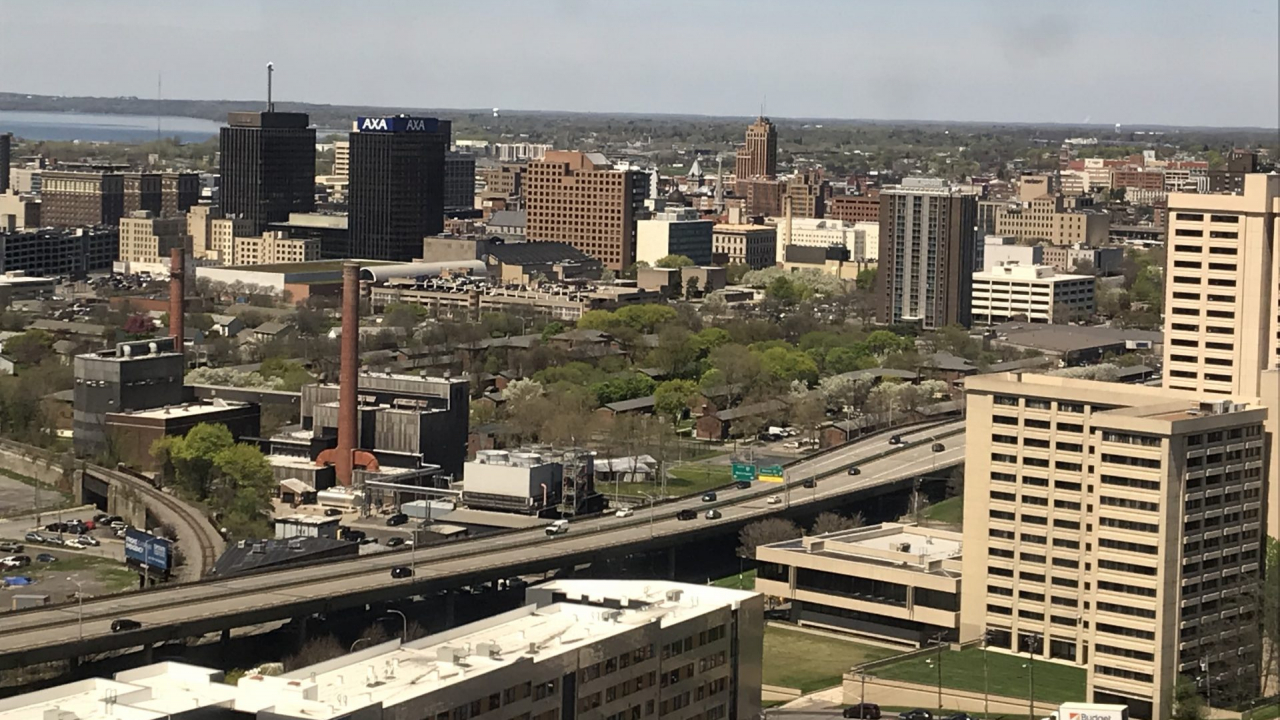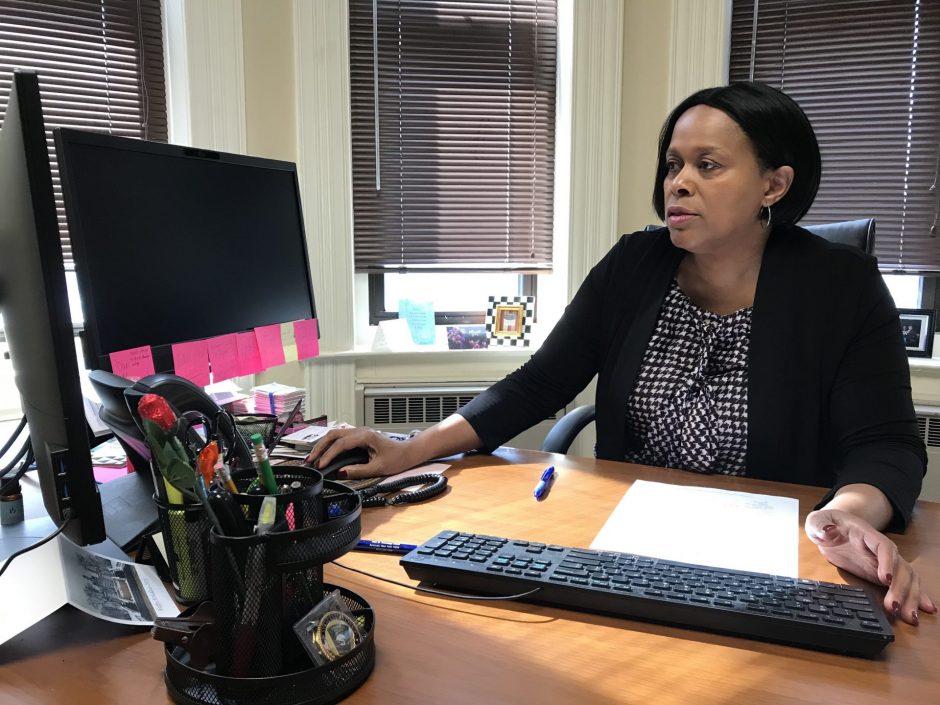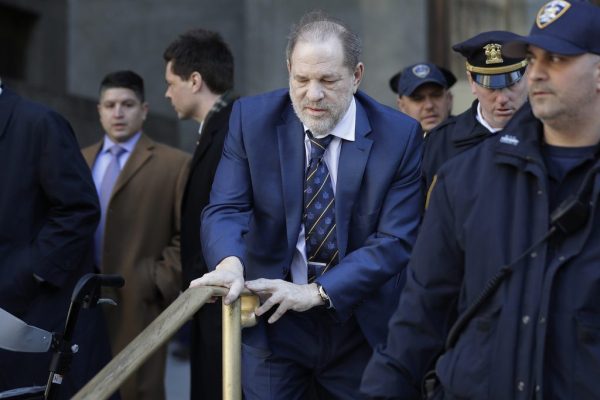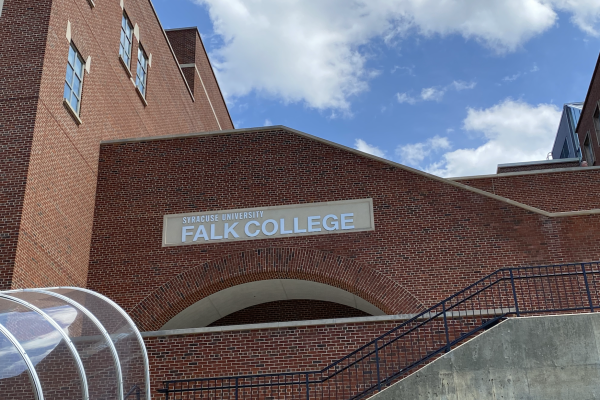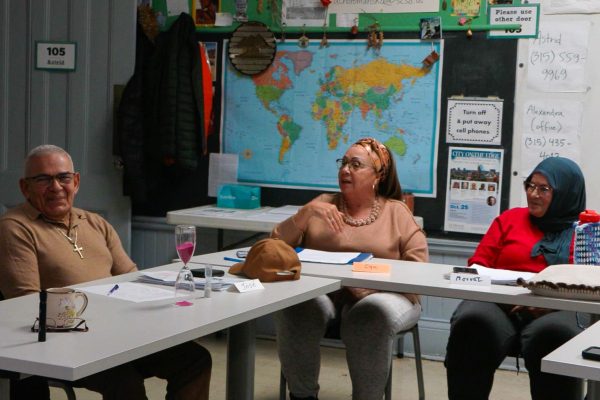Anchor: “The 15th Ward was once a thriving, middle-class community between Downtown Syracuse and University Hill. The I-81 viaduct cut right through this neighborhood — home to 90 percent of the city’s black population. More than 50 years later — the viaduct is at the end of its lifespan. N-C-C News’ Peyton Smith looked at why the community is concerned history may repeat itself.”
Nat Sound: Sound of highway
Peyton Smith: “The hum of traffic reverberates through the rusting green steel supports and crumbling concrete pavement of the I-81 viaduct. Lanessa Chaplain — with the The New York Civil Liberties Union — says this neighborhood used to look very different.”
Lanessa Chaplain: “They owned businesses in the 15th Ward, and they had full time jobs, owned homes, and it was a working class neighborhood. And that was prior to urban renewal, prior to redlining, and also prior to the construction of I-81.”
Peyton Smith: “Federal redlining policies discouraged banks from issuing mortgages to low-income home buyers. Chaplain says this policy made the 15th Ward overcrowded and blighted.”
Lanessa Chaplain: “If you were a new black migrant coming to Syracuse and needed to buy a home or rent a home, you had to live in the 15th Ward. There were no other options for you.”
Peyton Smith: “The building of the I-81 viaduct decreased travel times and enhanced the suburban lifestyle. Former head of city operations — Vito Sciscioli (shi SHOW lee) — says this made the highway an innovative way to remove slums.”
Vito Sciscioli: “Well you got Downtown Syracuse on one side, and a University Hill complex on the other. So this would provide great access, economic growth and prosperity. So the idea of progress — elimination of slums and blight — not the same idea of progress we have today.”
Peyton Smith: “With a population density of 27-thousand per square mile — Sciscioli (shi SHOW lee) says the federal government relocated people from the 15th Ward rather carelessly.”
Vito Sciscioli: “They would go down the street and do windshield surveys and classify the properties. And of course a lot of them would fail — they’d be the worst properties because they were poorly maintained conditions.”
Peyton Smith: “Sciscioli (shi SHOW lee) says this mass relocation took place before federal law changed, so homeowners had very few protections.”
Vito Sciscioli: “They sometimes even made mistakes about whether properties were occupied or not, and a wrecking ball would show up, and there’d still be people inside.”
Nat sound: Sound of truck moving in
Peyton Smith: “Chaplain says under-valued payments made eminent domain a heartless process for 15th Ward residents.”
Lanessa Chaplain: “You knew your house was going to be demolished when you came home from work and there was a red X on your door.”
Peyton Smith: “Director of the Syracuse Housing Authority — Bill Simmons — says the upcoming I-81 project is a chance to fix past mistakes.”
Bill Simmons: “The larger communities in Syracuse, especially those who were impacted initially by the destruction of the 15th Ward, and have experienced long-term ramifications by its destruction, I think what they want is the bottom line.”
Peyton Smith: “A Syracuse University graduate student — Dana Olesch — who’s studying the 15th Ward — says residents on the ground support a community grid — and what they want should be the bottom line.”
Dana Olesch: “The larger communities in Syracuse, especially those who were impacted initially by the destruction of the 15th Ward, and have experienced long-term ramifications by its destruction, I think what they want is the bottom line.”
Peyton Smith: “Her colleague — Professor Guido Pezzarossi — says removing the viaduct won’t necessarily lead to the renewal of the 15th Ward.”
Guido Pezzarossi: “Just because you remove it doesn’t mean now everybody flows back in together.”
Peyton Smith: “Pezzarossi adds planning the grid is essential for the community’s future.”
Guido Pezzarossi: “If it’s completely unaffordable for most people locally — then is it just maybe more of the same as opposed to this righting of this wrong.”
Nat Sound: Sound of traffic on the highway
Peyton Smith: “A final decision on how to replace the viaduct will be announced after a public comment period this summer — while an equitable community for everyone is farther down the road. Peyton Smith, N-C-C News.”
